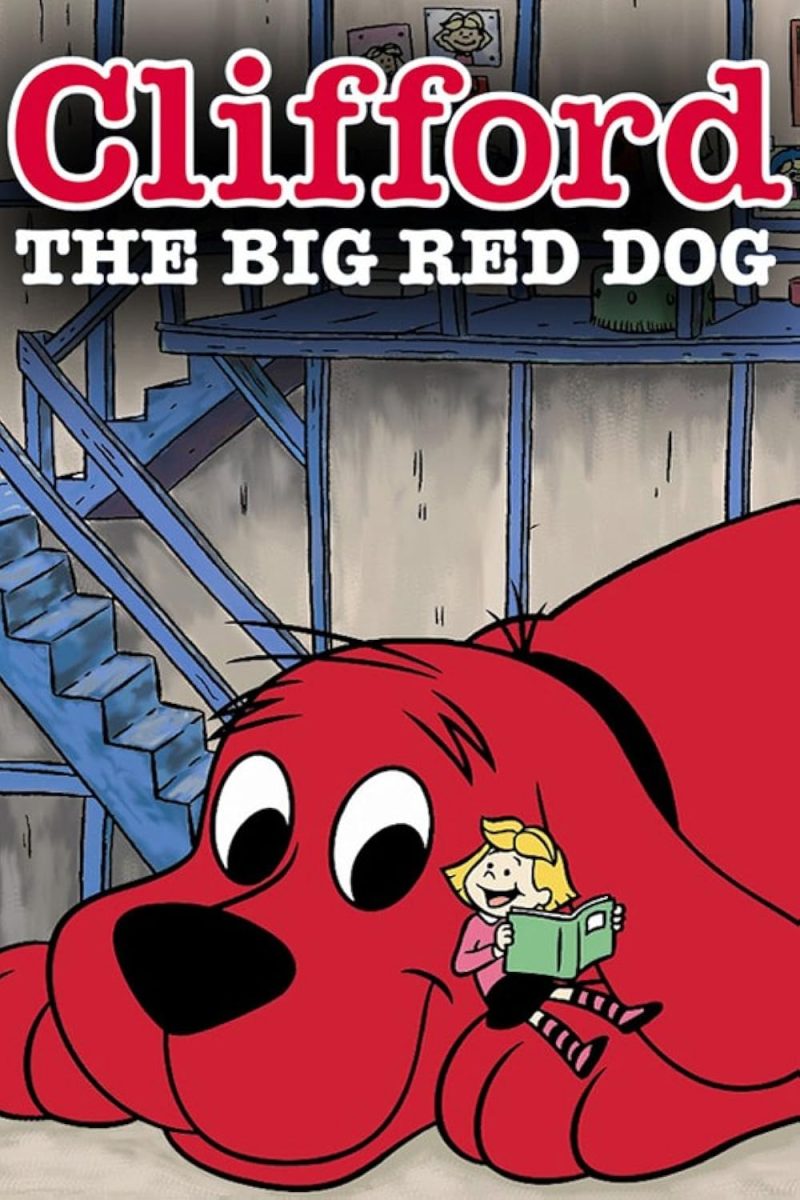The Picture of Dorian Gray by Oscar Wilde has sparked controversy ever since its initial publication in 1890. The novel tells the tale of Dorian Gray, a beautiful man who receives a portrait of himself that ages to become hideous as he falls down the path of vices while his physical self remains forever young. Wilde’s scandalous work was harshly criticized for its depiction of immoral themes, sinful crime, and implied homoeroticism by the Victorian British. Modern perspectives may view The Picture of Dorian Gray as a cautionary tale rather than one that endorses its own content. However, its role amidst the aesthetic art movement of the late 19th century solidifies its literary significance. But what are the actual morals and philosophies portrayed in the novel?
The book begins with the introduction of the three main characters: Basil Hallward, Henry Wotton, and Dorian Gray. Basil Hallward is an avid artist enchanted by the impact of Gray’s youthful beauty on his paintings. Hallward reluctantly introduces Gray to his nobleman acquaintance Wotton. This occurrence puts plot events into motion and inaugurates some peculiar character beliefs.
Wotton wishes to meet with Gray after being thoroughly impressed with Hallward’s portrait of the young man. Hallward refuses him at first, as he believes Wotton to be a poor influence on all those he meets and that Gray’s purity will be tainted by the man, but his efforts are pointless. However, Wotton claims that there is no such thing as good or bad influence, as all of it is immoral to a certain extent. To influence means to “give someone else your soul.” To influence another is to strive him off his natural path and hand him virtues he doesn’t truly honor, becoming a faint copy of somebody else instead of understanding his own self in depth.
This is ironic as he proceeds to lead Gray down his hedonist path. Gray begins to value his youth and beauty over all else. Beauty and youth are temporary, which grants them natural divine sovereignty. Wotton argues that beauty is not as superficial as thoughts and ideas. Yet, beauty and intellect are mutually exclusive.
This connects to the preface, and one of the overarching themes of the novel: What is the purpose of art? Oscar Wilde wrote the preface to his novel in an attempt to address the incoming scrutiny. Following aestheticism, Wilde explains that art is not supposed to convey a message from the artist. Art is only there to serve beauty. Likewise, literature cannot be moral or immoral, only executed skillfully or poorly. To question art’s beauty and find ugliness within is distasteful.
It’s no surprise that Wilde’s unconventional beliefs have been the subject of debate and discourse, but it’s fascinating to analyze how harshly Wilde offended conservative British audiences in the name of creating “art for art’s sake.”








